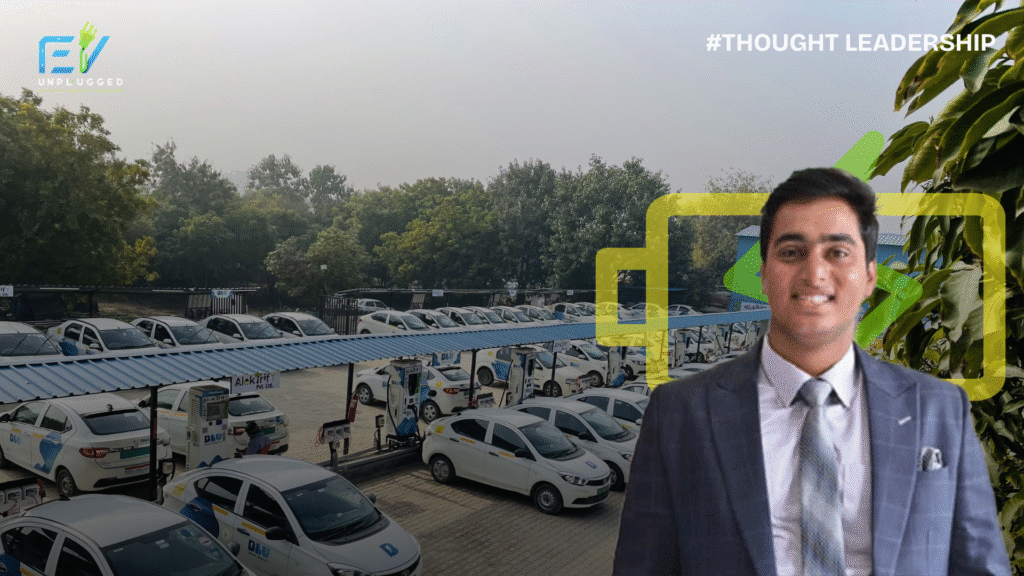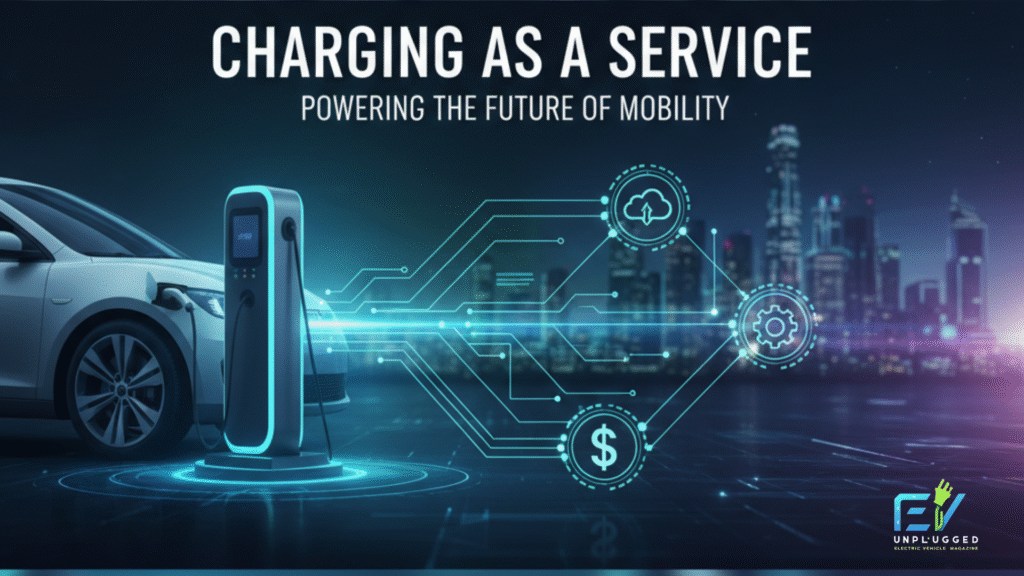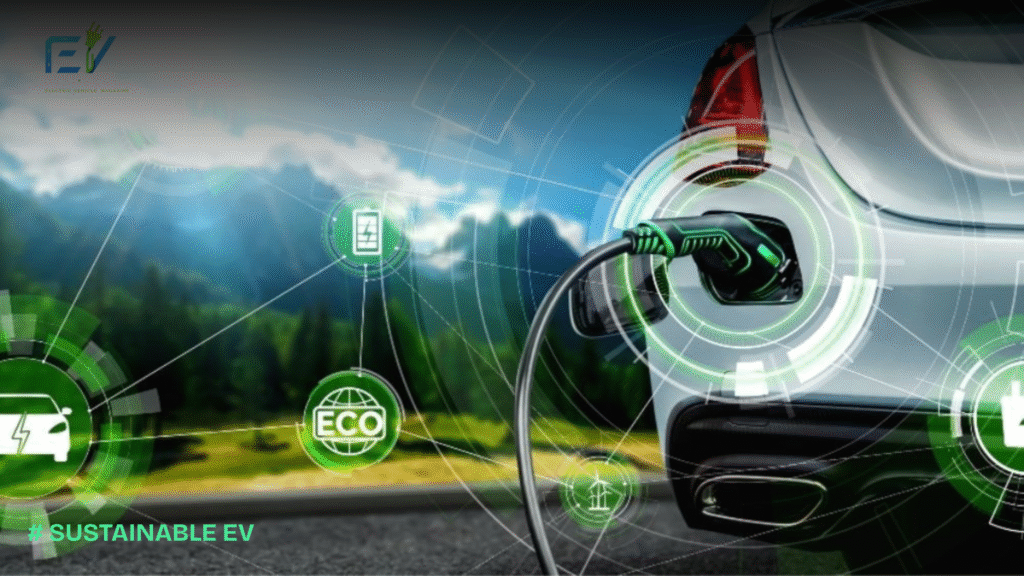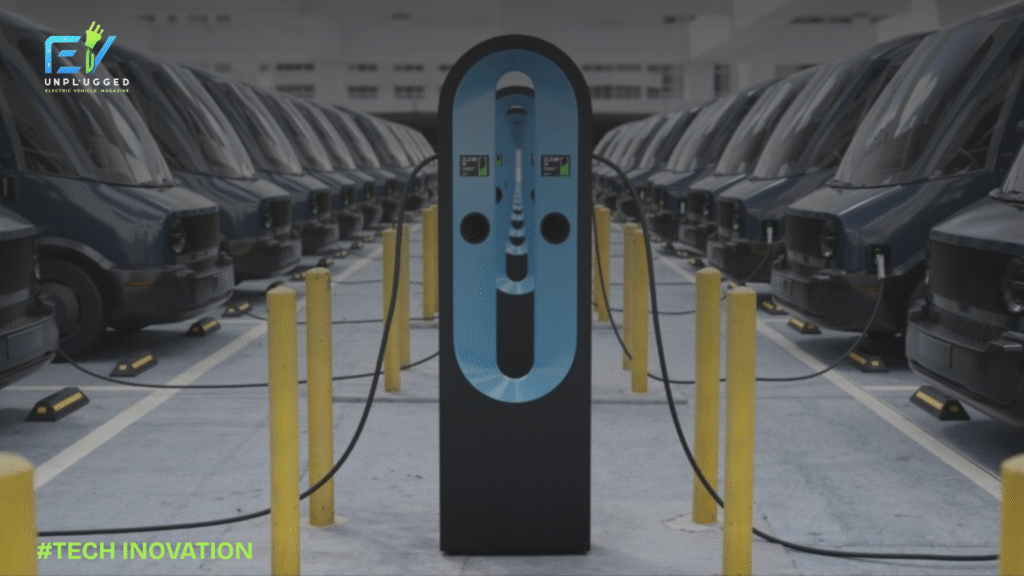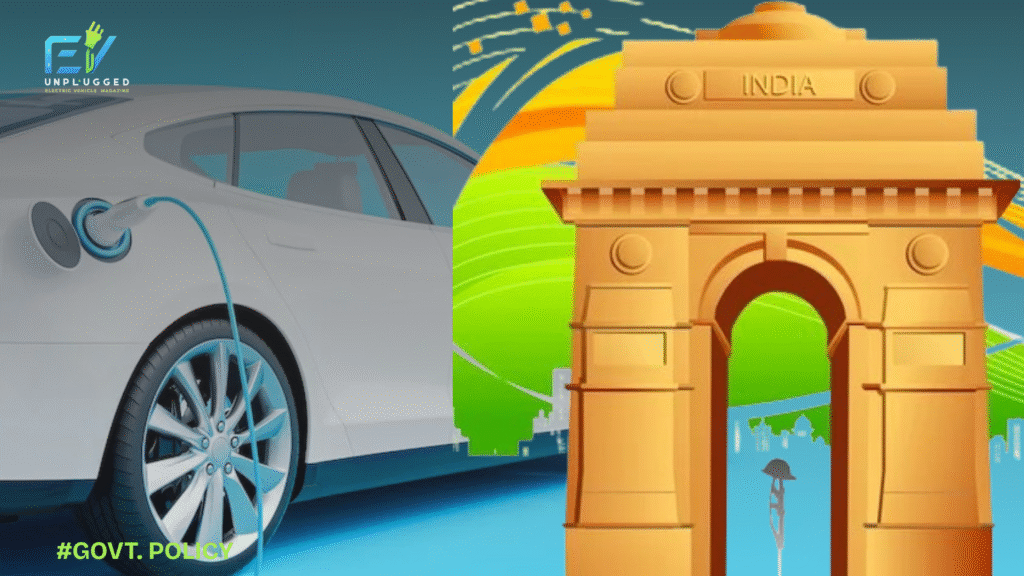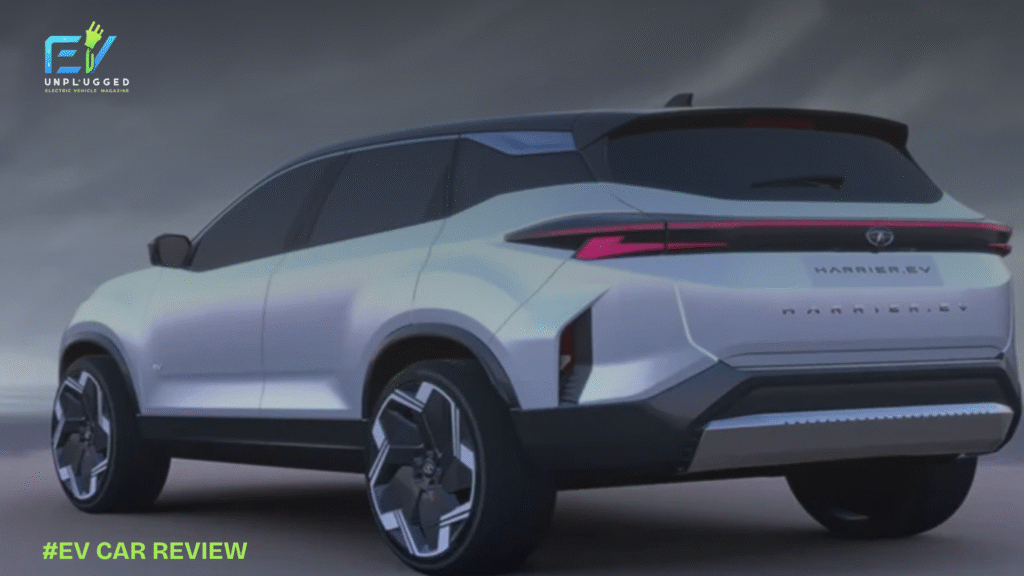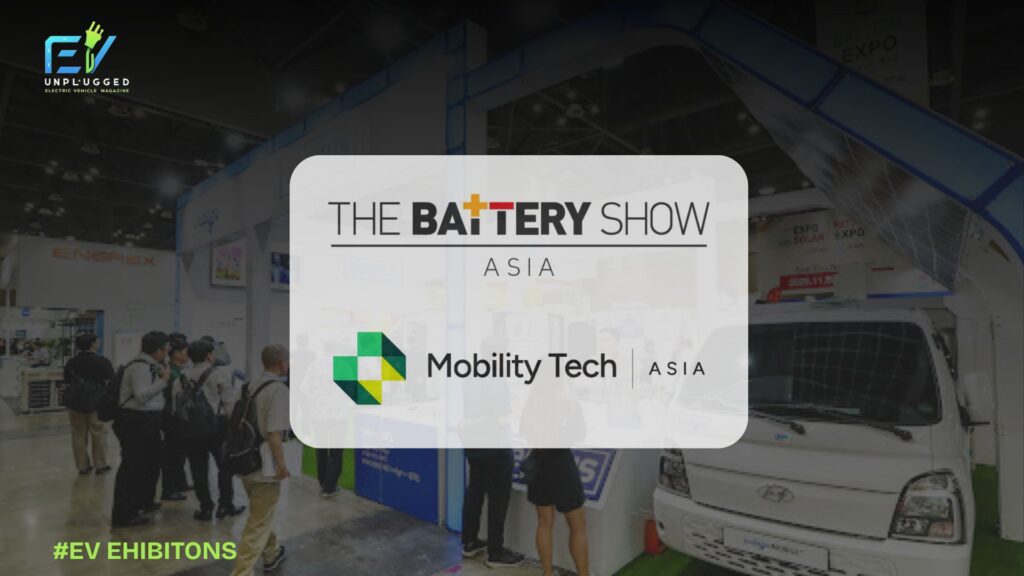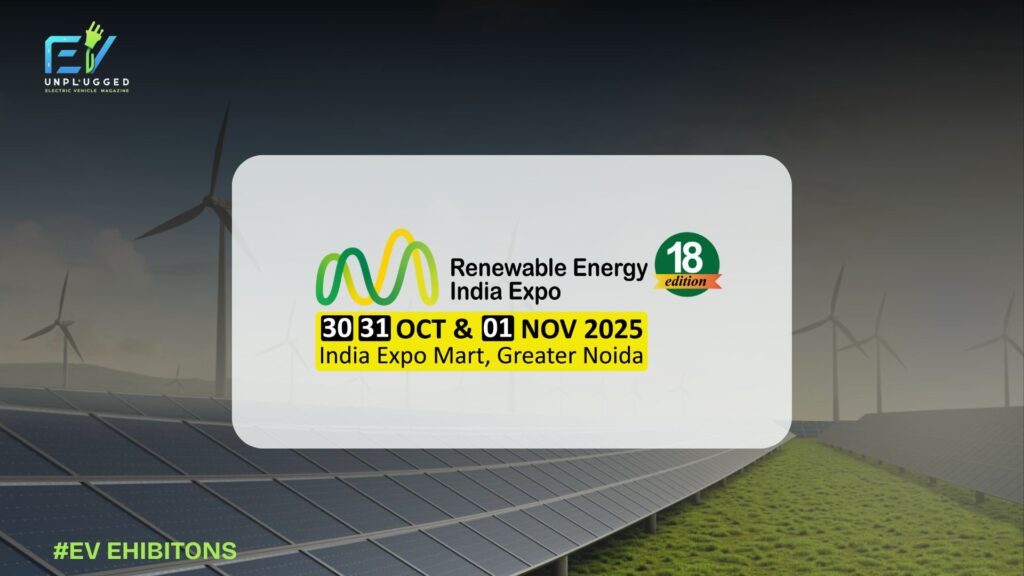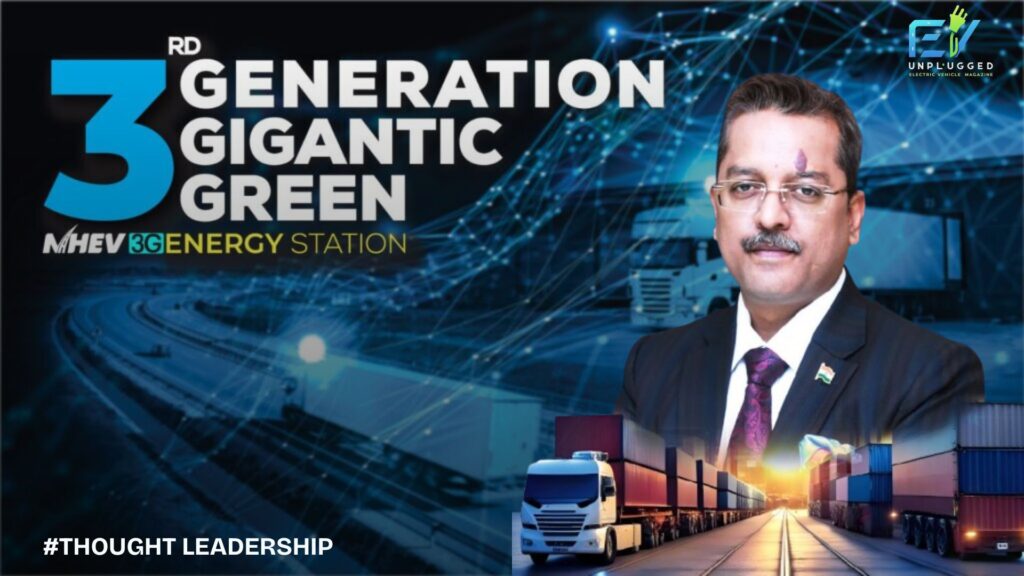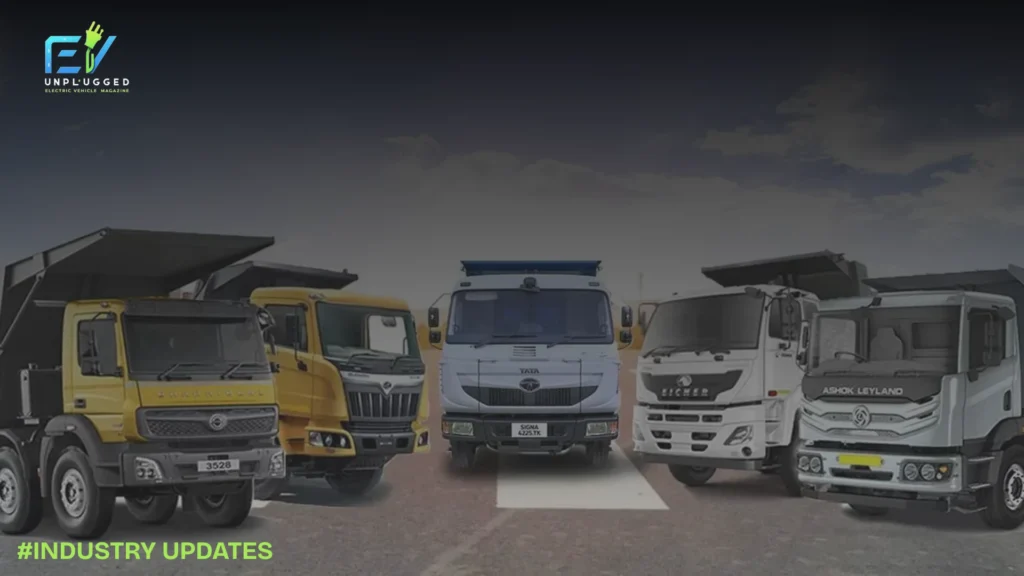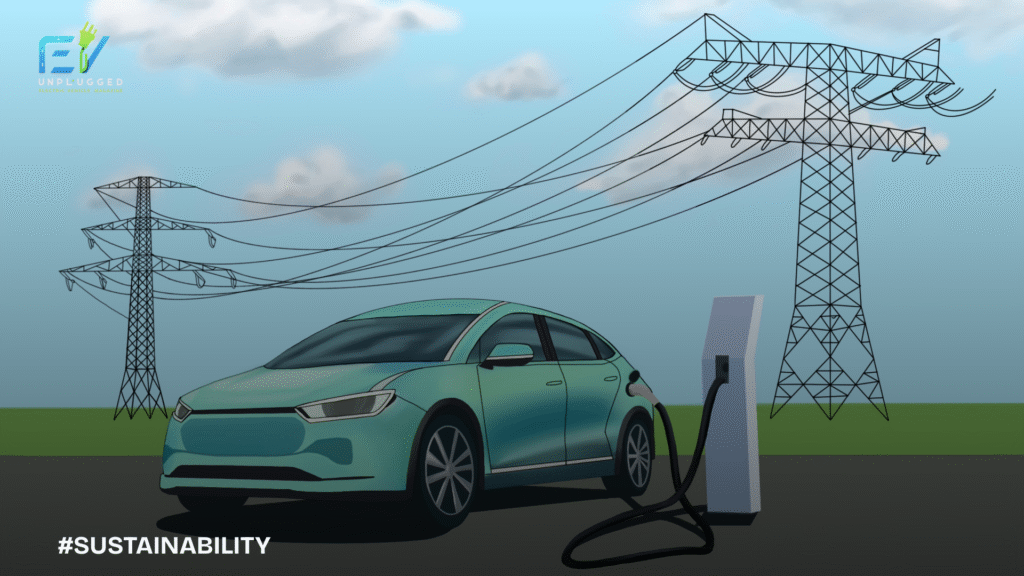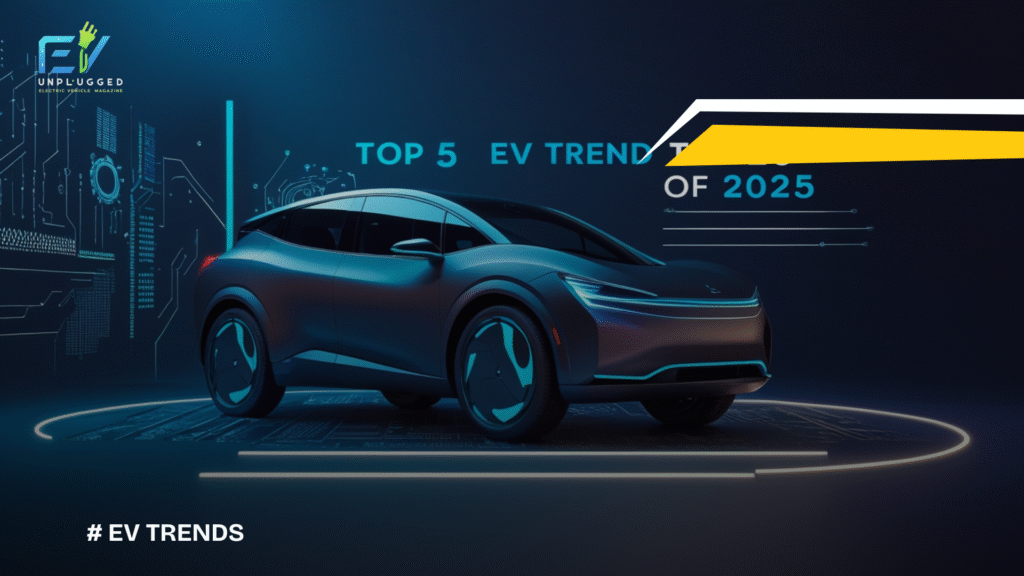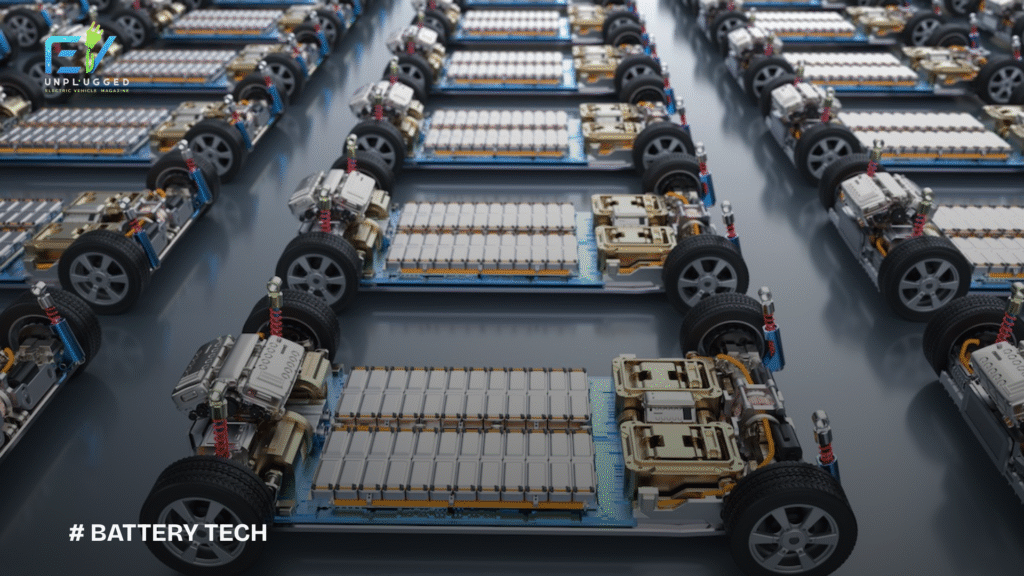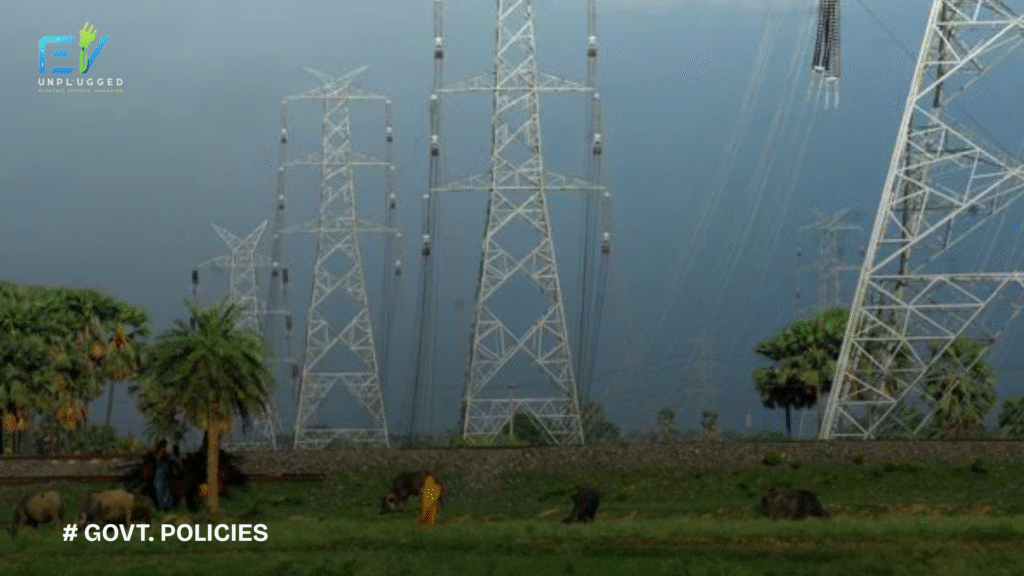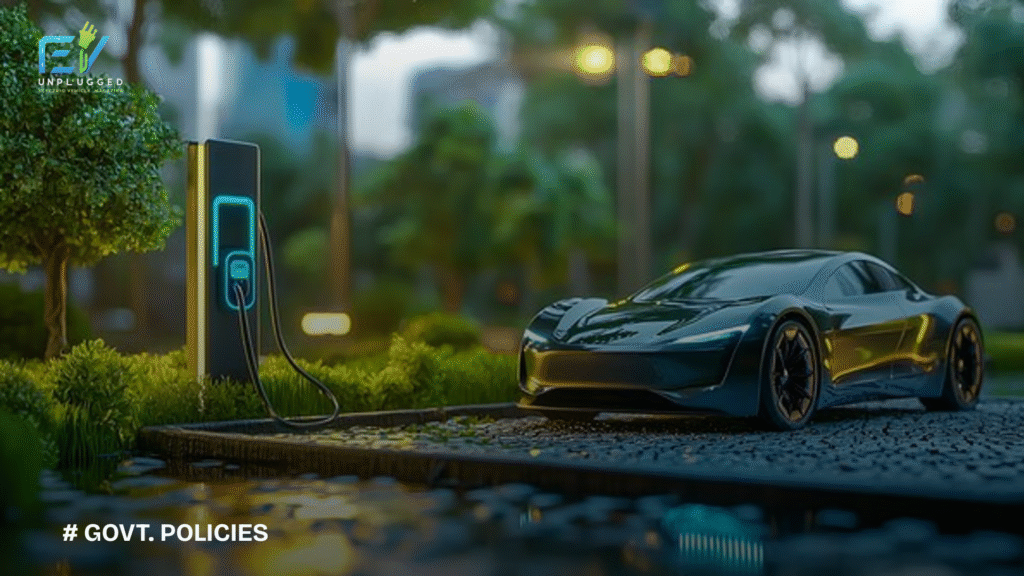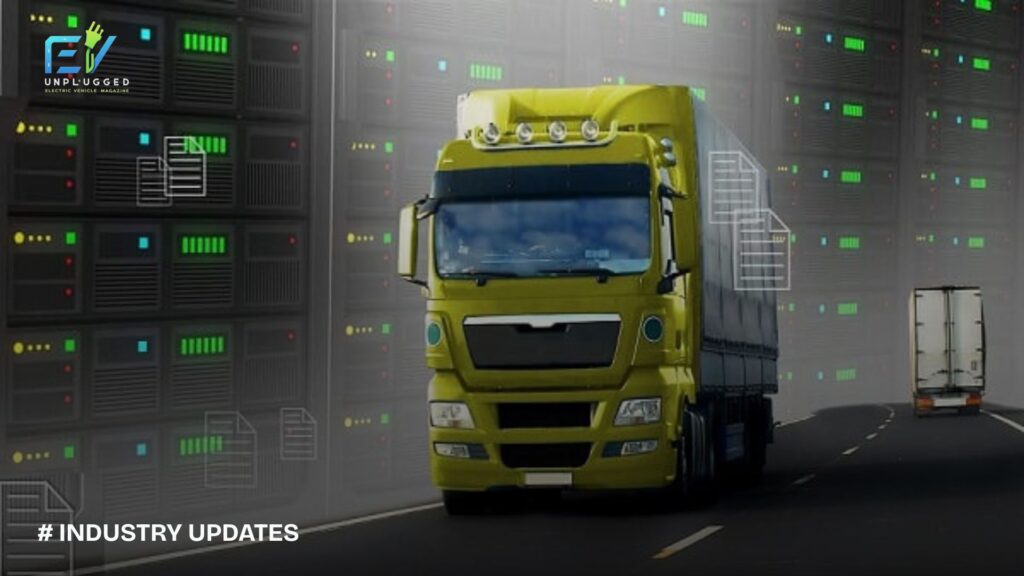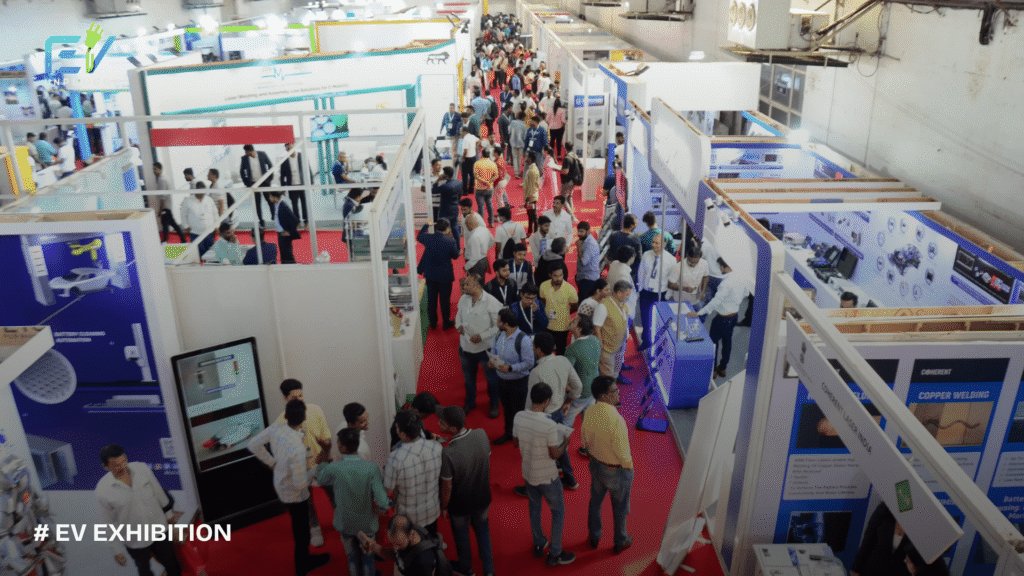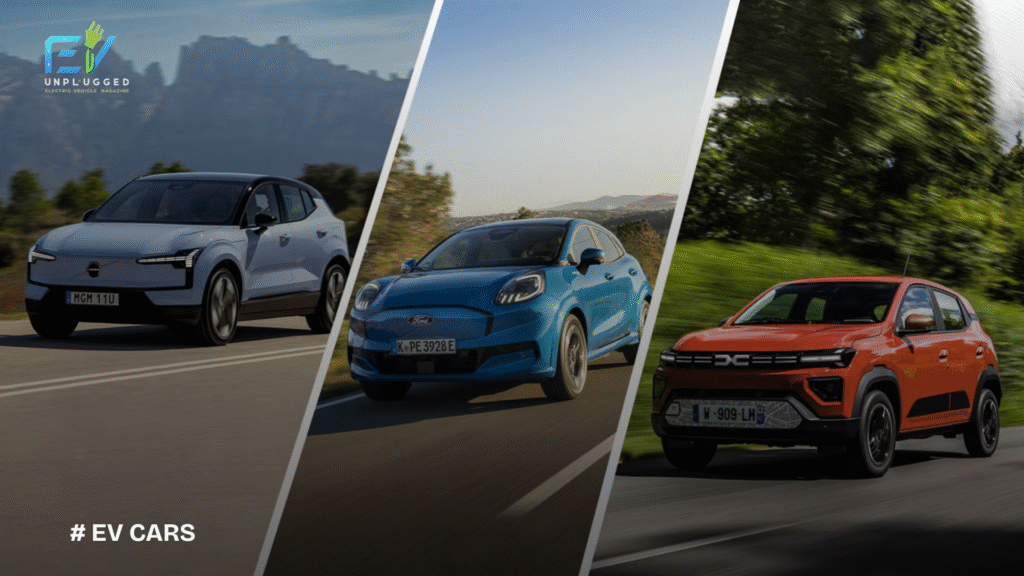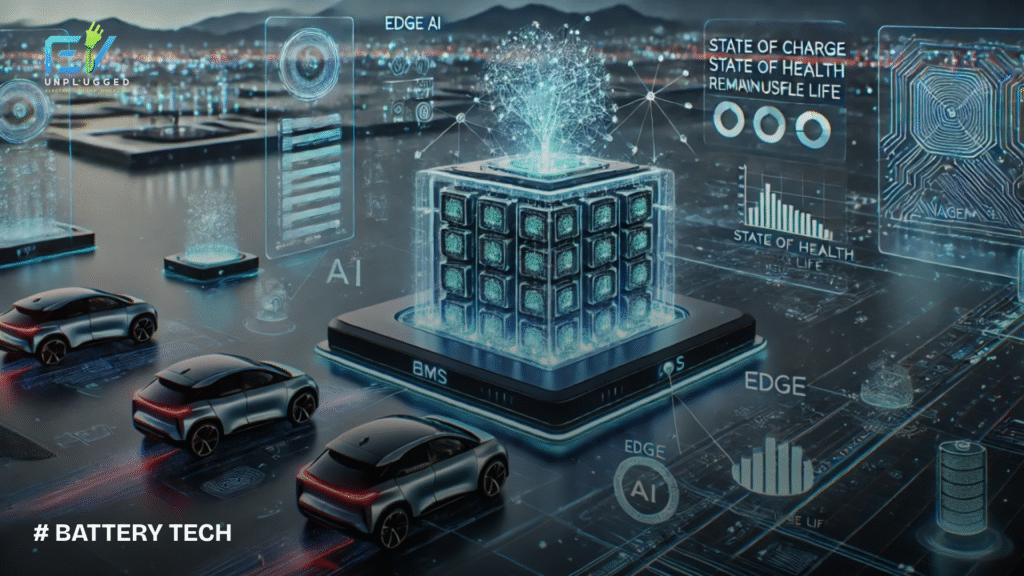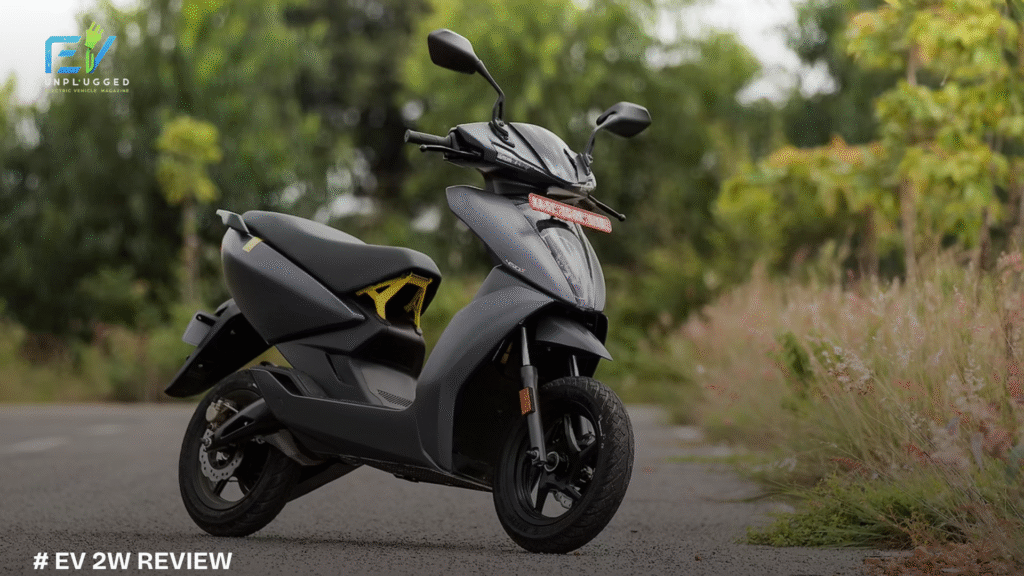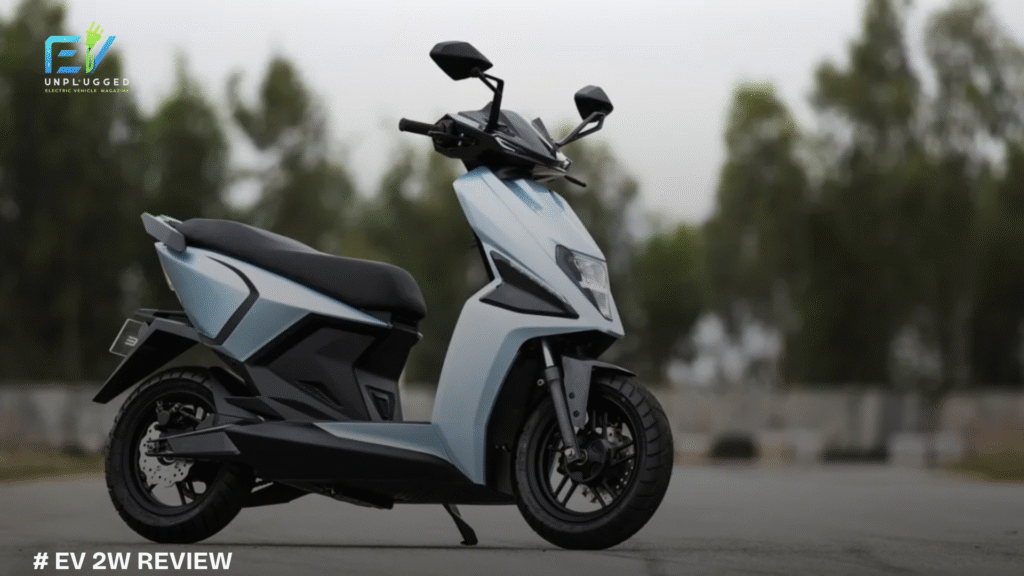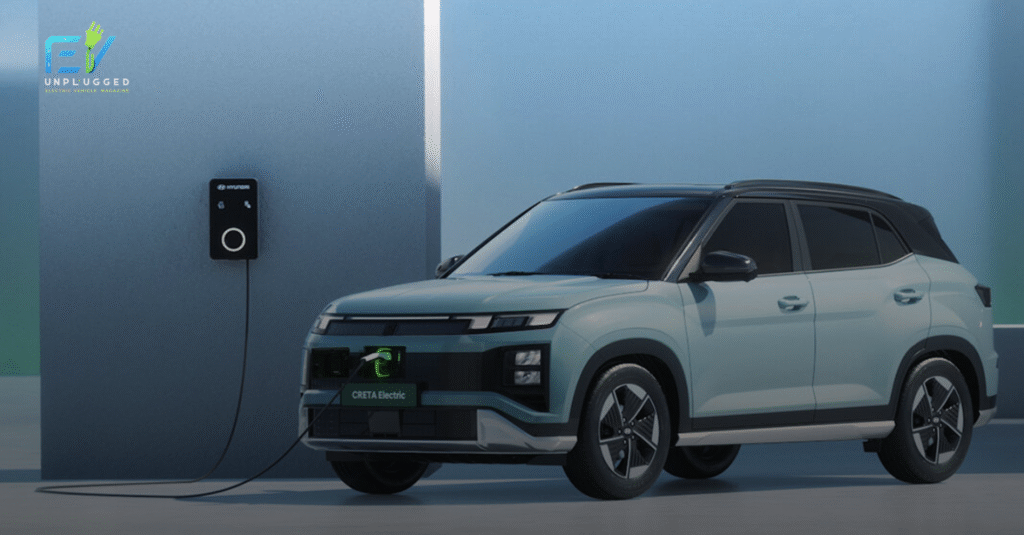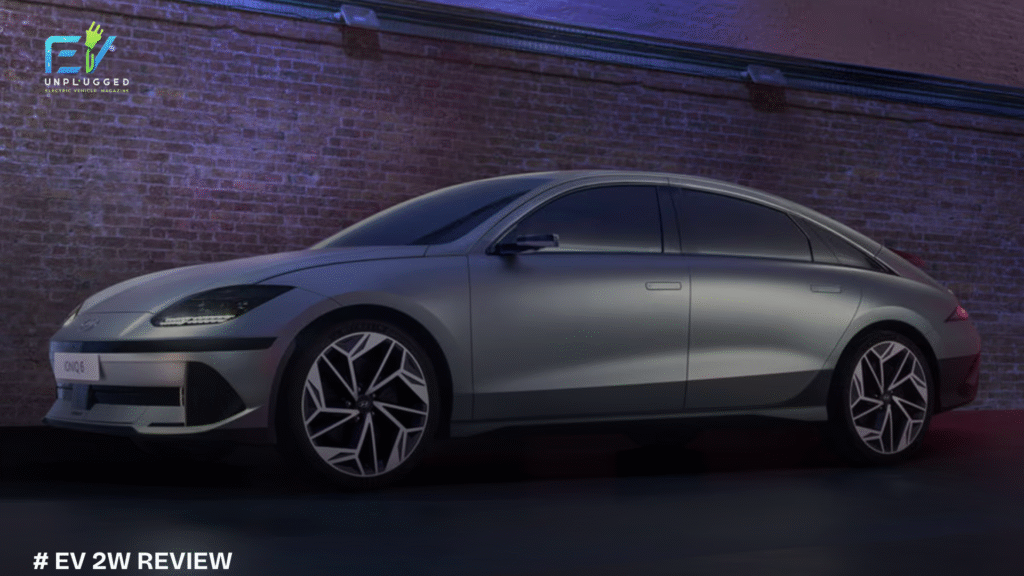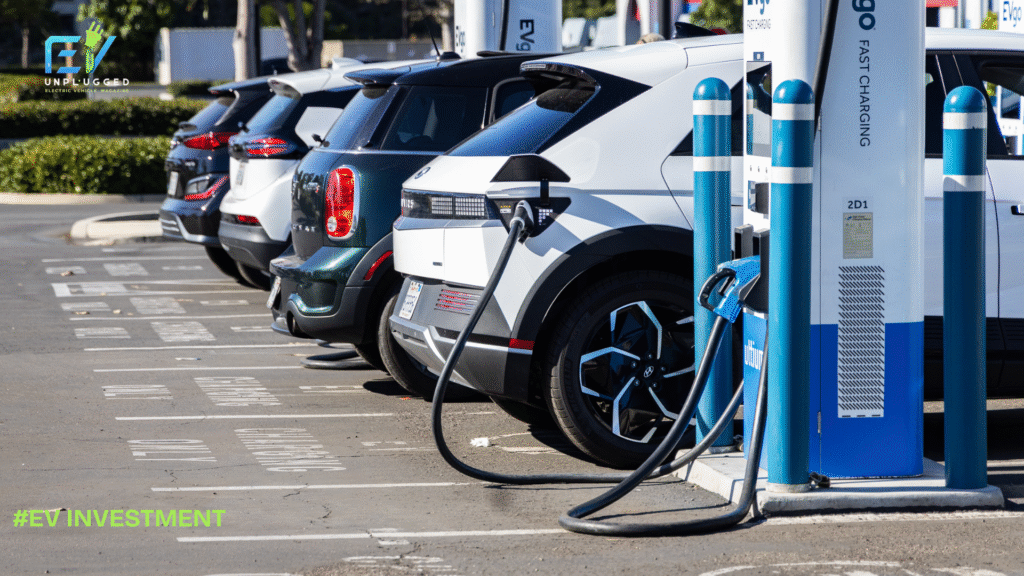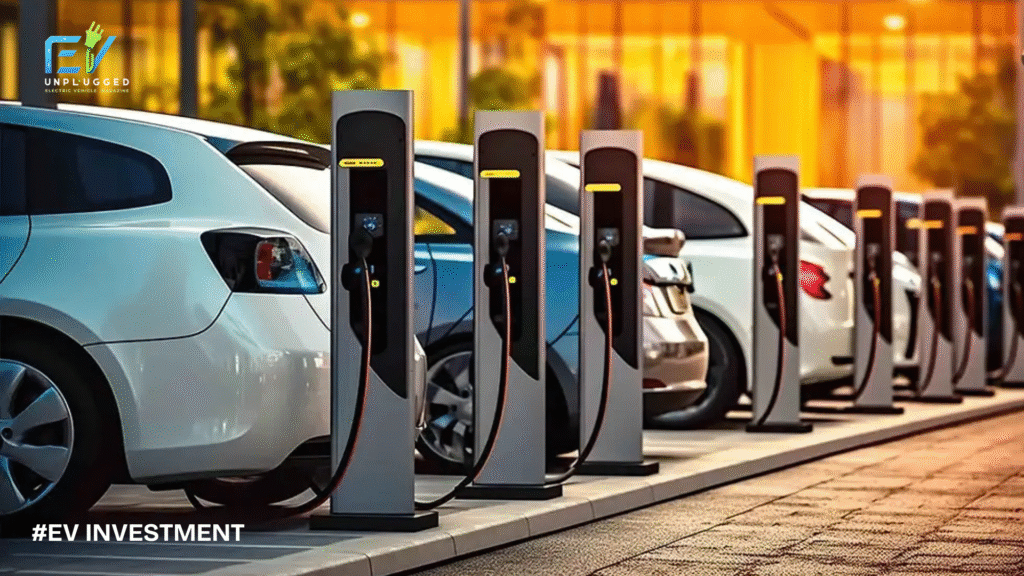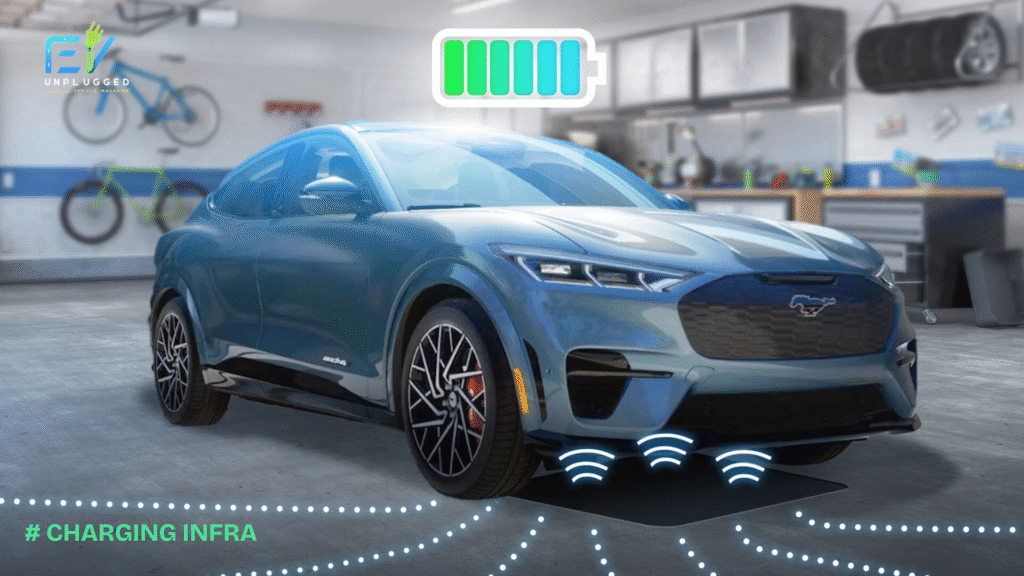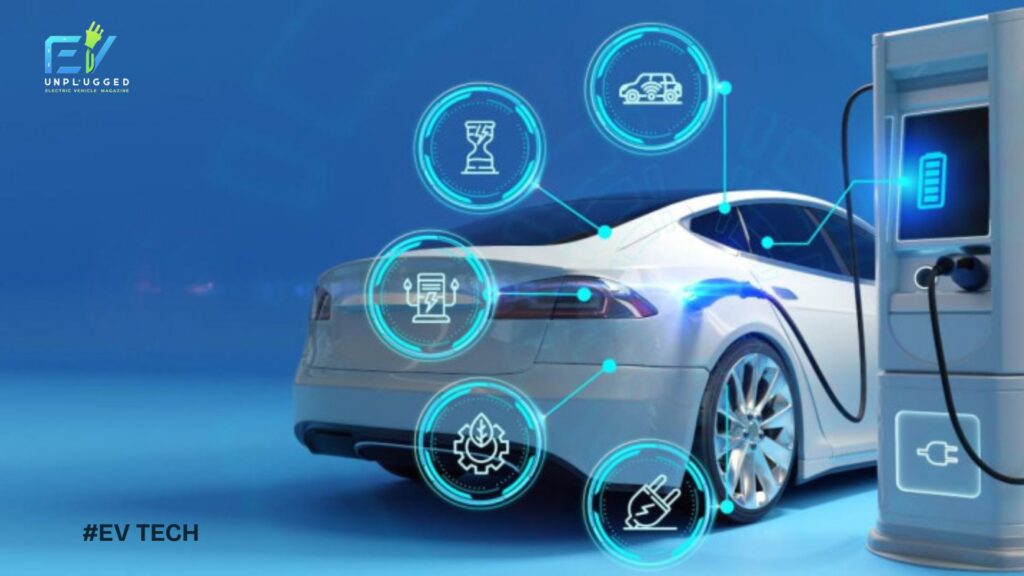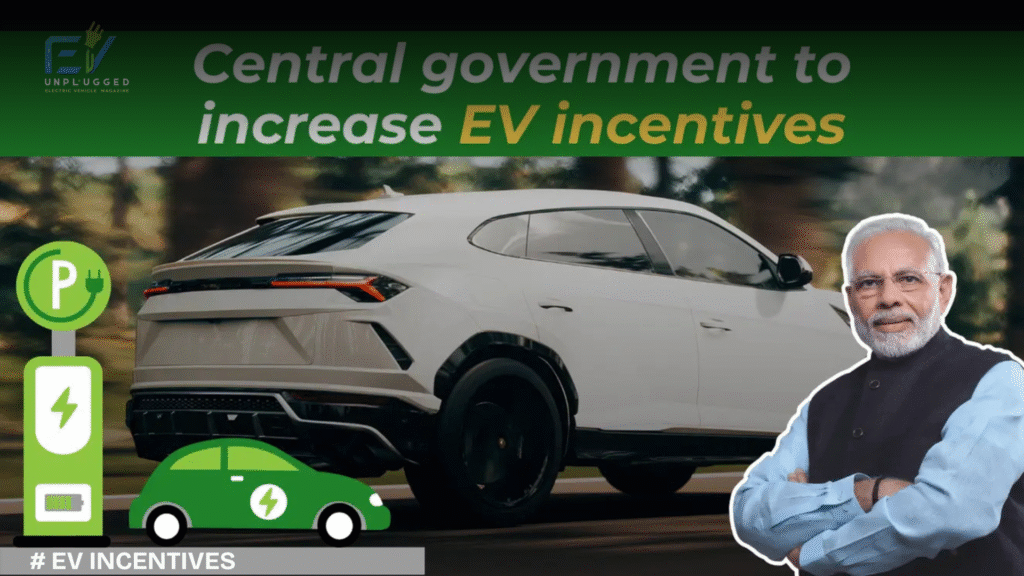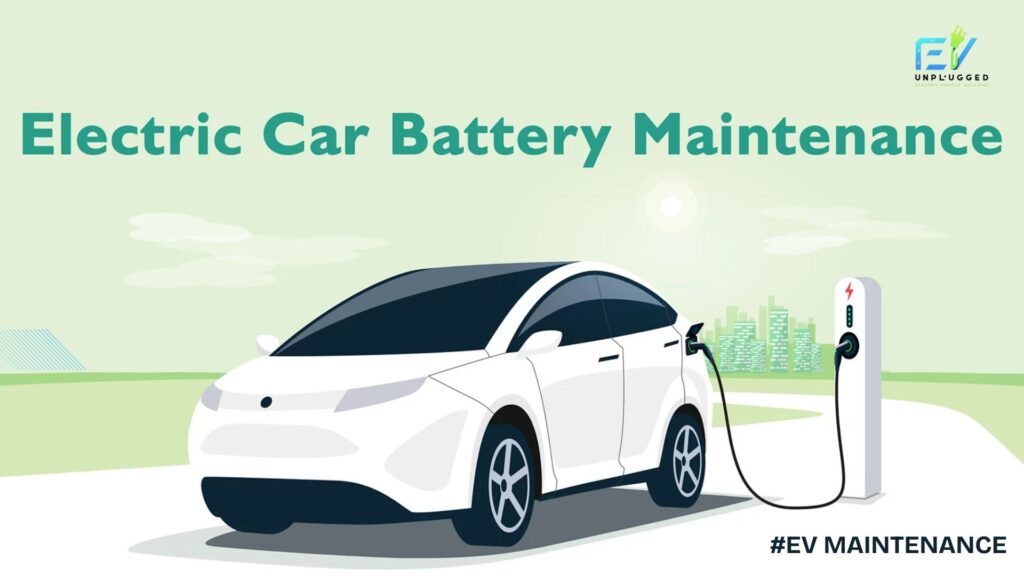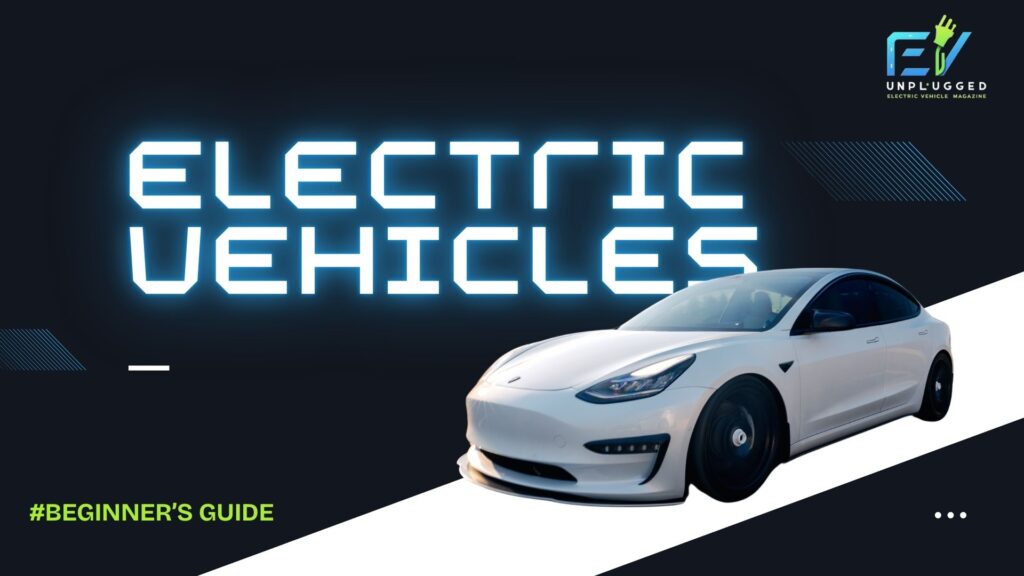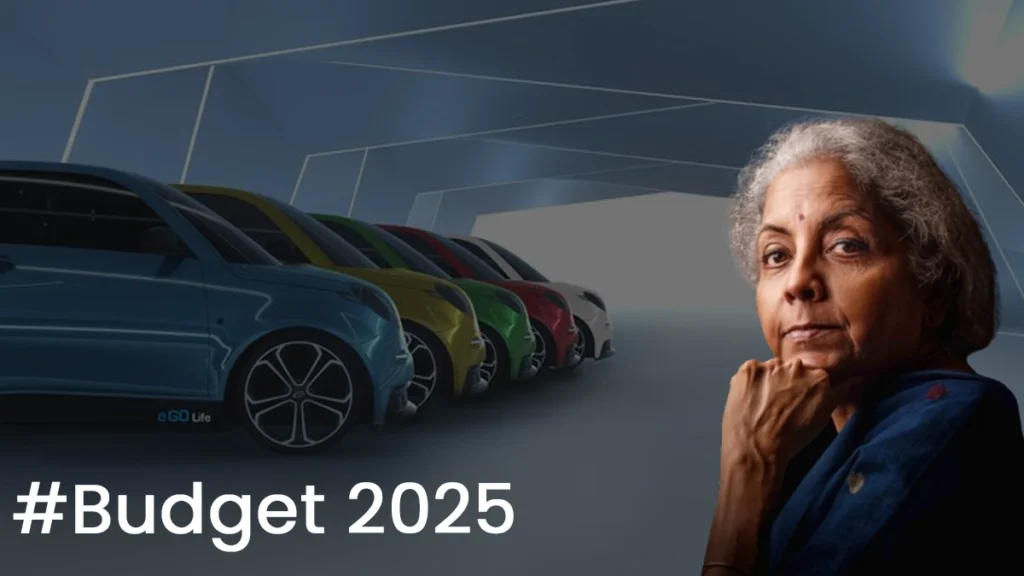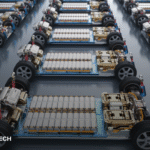Understanding the National Electric Mobility Mission Plan (NEMMP) and Its Progress
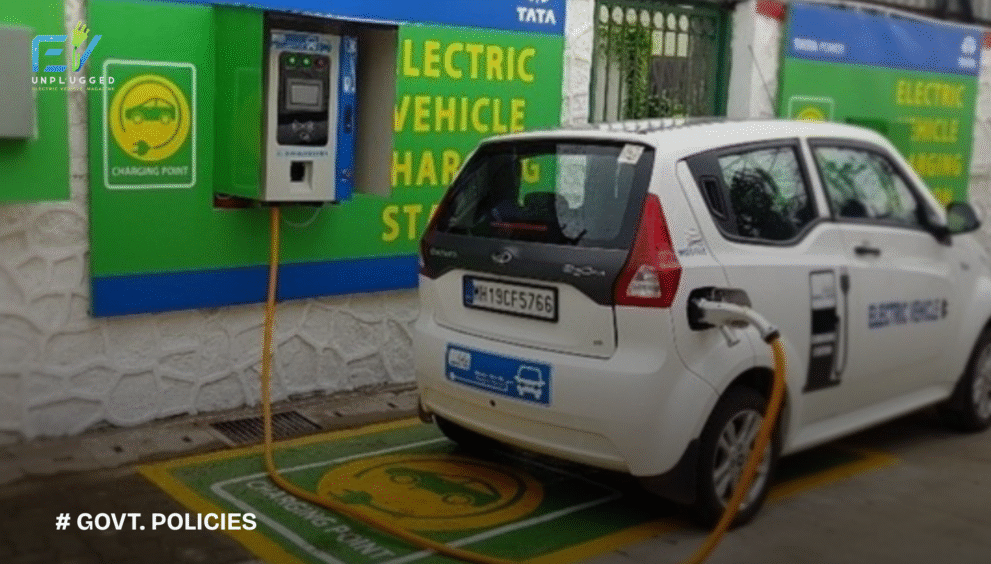
The National Electric Mobility Mission Plan (NEMMP) is one of India’s most significant and ambitious initiatives aimed at promoting electric and hybrid vehicles to reduce the country’s dependence on fossil fuels, improve air quality, and drive sustainable transportation. Launched in 2013, the NEMMP laid the foundation for India’s electric vehicle revolution and continues to influence policies and strategies across the nation.
In this article, we explore the key objectives, implementation strategies, progress so far, challenges faced, and the future outlook of the NEMMP, highlighting its critical role in shaping India’s clean mobility landscape.
What is the National Electric Mobility Mission Plan (NEMMP)?
The NEMMP was officially launched in 2013 by the Government of India with a vision to promote electric mobility through technology development, manufacturing incentives, and consumer adoption. It aims to reduce oil imports and greenhouse gas emissions by encouraging the adoption of electric vehicles (EVs), hybrid vehicles, and their supporting infrastructure.
Key objectives of NEMMP include:
- Achieve national fuel security by promoting electric and hybrid vehicles.
- Facilitate phased manufacturing of EVs and hybrid vehicles.
- Encourage research and development in electric mobility technologies.
- Develop an ecosystem for electric mobility, including charging infrastructure and battery manufacturing.
- Promote consumer awareness and incentives for EV adoption.
The mission originally targeted the introduction of 6-7 million electric and hybrid vehicles by 2020, encompassing two-wheelers, three-wheelers, passenger cars, and buses.
NEMMP Implementation Strategy
The National Electric Mobility Mission Plan is a comprehensive policy framework coordinated by the Department of Heavy Industry (DHI), Ministry of Heavy Industries and Public Enterprises. It primarily supports the development of indigenous manufacturing capabilities and infrastructure creation.
Some key policy measures under the NEMMP include:
- Faster Adoption and Manufacturing of Hybrid & Electric Vehicles (FAME) Scheme: Launched in 2015 as a flagship program to provide subsidies and incentives for EVs and charging infrastructure.
- Financial support for R&D in battery technologies, electric motors, and power electronics.
- Infrastructure development plans to install public EV charging stations.
- Incentives for domestic manufacturing of EV components under the Make in India initiative.
- Policy coordination with states to formulate state EV policies aligned with the mission objectives.
Progress So Far: Achievements and Impact
India has made substantial strides under the NEMMP framework, especially in expanding electric two-wheelers and three-wheelers adoption, with early gains in public transportation and commercial EV segments.
Key progress highlights include:
- According to the Society of Indian Automobile Manufacturers (SIAM), electric two-wheelers’ sales increased significantly, reaching over 1 million units annually by 2023, driven by affordable models and subsidies.
- The FAME scheme’s first phase (2015-2019) provided incentives for approximately 7,000 electric vehicles, predominantly in public transport and shared mobility.
- As of 2024, India has installed over 3,500 public EV charging stations across major cities, with plans for rapid expansion.
- State governments like Delhi, Maharashtra, Tamil Nadu, and Karnataka have implemented supportive EV policies that complement the NEMMP, offering purchase subsidies, tax exemptions, and charging infrastructure support.
- Growth of domestic battery manufacturing capacity, with companies like Amara Raja, Exide, and Tata Chemicals investing in lithium-ion battery plants.
While the 6-7 million vehicle target was ambitious and remains a work in progress, the foundational ecosystem built during NEMMP has paved the way for the current EV boom.
Challenges and Areas for Improvement
Despite notable progress, the NEMMP has faced challenges that have impacted the pace of EV adoption and manufacturing:
- Infrastructure Gap: Public charging stations remain limited compared to the size of the market, especially in tier-2 and tier-3 cities.
- High Battery Costs: Battery technology remains a major cost driver, although prices have been declining steadily worldwide.
- Consumer Awareness: There is still limited consumer awareness and confidence in EVs regarding range, resale value, and performance.
- Policy Coordination: Variations in state policies sometimes create inconsistent incentives, complicating a unified market approach.
- Technology Dependence: India still imports a significant portion of lithium-ion batteries and components, affecting the ‘Make in India’ vision.
The government continues to address these concerns through expanded FAME II incentives, production-linked incentives (PLI) for battery manufacturing, and collaborations with global EV technology partners.
The Future of NEMMP: Aligning with New Goals
The National Electric Mobility Mission Plan is evolving in line with India’s ambitious climate and energy targets. The mission’s goals now complement the Faster Adoption and Manufacturing of Hybrid & Electric Vehicles Phase II (FAME II) scheme, which extends incentives to 2024, with an outlay of over ₹10,000 crores (approximately $1.3 billion).
Furthermore, India’s target to achieve 30% electric vehicle penetration by 2030 aligns with the original vision of NEMMP but with stronger policy support, market readiness, and industrial capacity.
Important ongoing initiatives include:
- Expanding charging infrastructure nationwide, with the government targeting 2,636 charging stations by 2025 under FAME II.
- Encouraging innovation in battery swapping technologies and second-life battery usage.
- Supporting the adoption of electric buses through city transport corporations, improving urban air quality.
- Strengthening R&D collaborations between public research institutions and private enterprises.
Conclusion
The National Electric Mobility Mission Plan (NEMMP) has been a pioneering effort that laid the groundwork for India’s transition to electric mobility. While the journey has had its ups and downs, the mission’s objectives remain highly relevant as India accelerates its clean mobility goals.
With supportive policies, growing consumer acceptance, and industry investment, the vision of NEMMP is gradually transforming into reality, driving India’s path toward a sustainable, low-carbon transportation future.
References:
- Department of Heavy Industry, Government of India – NEMMP documents
- Society of Indian Automobile Manufacturers (SIAM) EV Sales Data 2023
- FAME India Official Website (https://fame-india.gov.in)
- NITI Aayog Reports on Electric Mobility
- BloombergNEF Battery Price Data

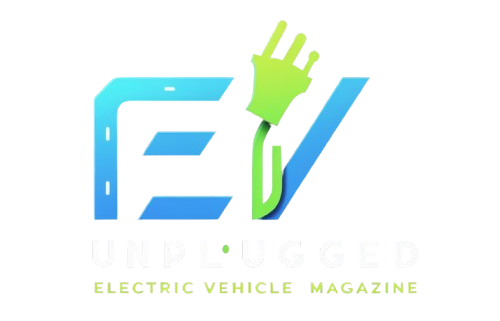
 English
English 